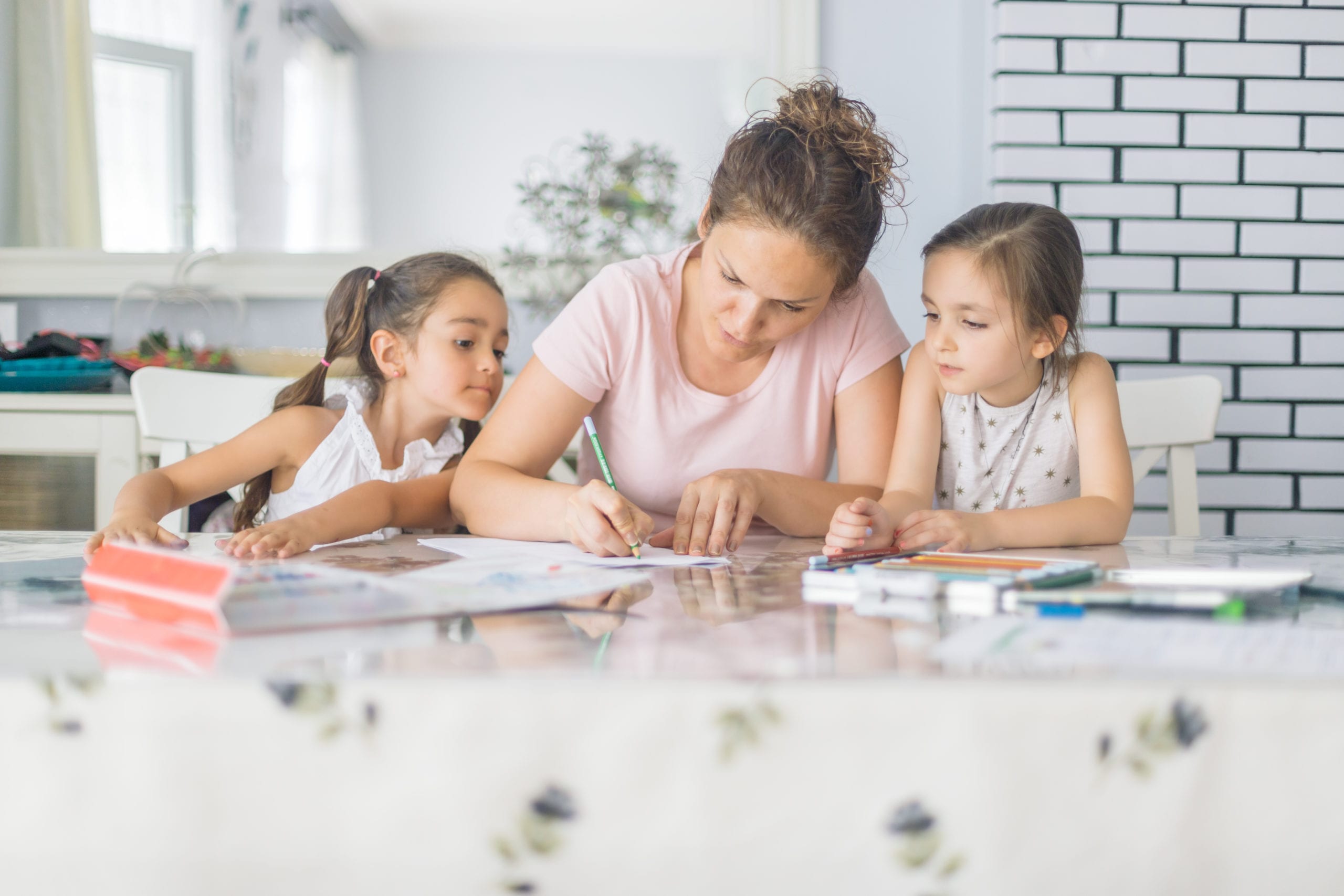Although traditional education systems require children to go to a school building to learn all day long, every day throughout the week, this is a relatively new system. The mandatory educational system we know today was created in the mid-1800s and was based on the Prussian educational model. Before that, learning was one-on-one, and took place either in the home of the student or at the mentor’s home.
Even though the majority of people get their education inside of a building, many kids learn from home, either by being home schooled or through distance learning courses offered by online schools. Although there are always exceptions, a lot of students do better learning from home compared to going to school every day, and home schooled kids perform statistically better than students enrolled in institutional schools.
Kids can usually choose more interesting classes
When kids get to learn what they’re interested in, they’ll naturally do better. It’s easier to pay attention and process information when you’re truly interested in a topic. Although most schools have elective classes that give students the option of doing something fun, like art, photography, or hands-on experience working with wood and metal, they don’t really get much of a say in the academic classes they take. There is a natural progression for history, math, and science, and you can’t typically test out of anything or skip classes.
When kids learn from home, they usually have a much wider selection of classes that will give them the credits needed to meet graduation requirements. For example, the American Heritage Education Foundation teaches courses on American history, political philosophy, and the Bible-inspired principles that shaped America’s founding. For kids who have a deep interest in history, this type of course will allow them to go deep into their interest, compared to skimming the surface in a traditional history classroom.
Bullying is nearly eliminated
Bullying is a major problem in almost every public and private school, and for kids who end up being the biggest targets, the ability to learn from home is a huge relief. Home-based learning removes them from a toxic environment they couldn’t escape otherwise, and gives them a chance to learn in peace.
Since they aren’t attending school in person, they don’t have to worry about getting bullied in the classroom every time the teacher looks the other way, and they don’t have to deal with getting shoved around in the halls or chased down after school. While they can still encounter mean people on social media, it won’t be as bad because they won’t have a large number of students ganging up on them.
Despite what some people believe, being bullied is not a simple “difficult social problem” that kids need to learn how to solve on their own. Kids have absolutely no power to make a bully stop their behavior, and bullies cannot be reasoned with. The problem of bullying goes far beyond simple disagreements that can be reconciled through reason and compromise; the same actions performed by adults in the workplace would lead to immediate termination and criminal charges. Unfortunately, most school administrators can’t do anything about bullies because incidents happen under the radar, which is why many people fail to understand the severity of the issue.
Learning from home won’t keep kids from encountering bullies, but it does help prevent the feeling of being powerless and trapped with their bullies in school where they can’t ignore them. Outside of school, kids have more options – they can ignore someone, walk away, go home, and choose not to interact with a bully ever again. When kids aren’t constantly riddled with anxiety throughout the school day, they can concentrate on their schoolwork.
School work can be adapted to any learning style
Kids have different learning styles, and when taking classes at home, it’s easier to set up a learning environment that supports them most. For example, some kids work better later in the day, while others think more clearly early in the morning. Some kids need a completely silent environment, and some concentrate better with a little bit of background noise. With online content, kids can watch their lessons and play them over again from any point to make sure they don’t miss anything.
Home-based learning is becoming a preference
There are many reasons kids do better learning from home, but the most important factor is having control over the learning environment in a way that supports success. For instance, distractions can be easily eliminated, and classes can be adapted to specific learning styles.
Some kids do okay in a traditional educational setting, but for kids who don’t, home schooling and online learning are excellent options for helping them succeed.
Keep an eye for more latest news & updates on My Stories List!
